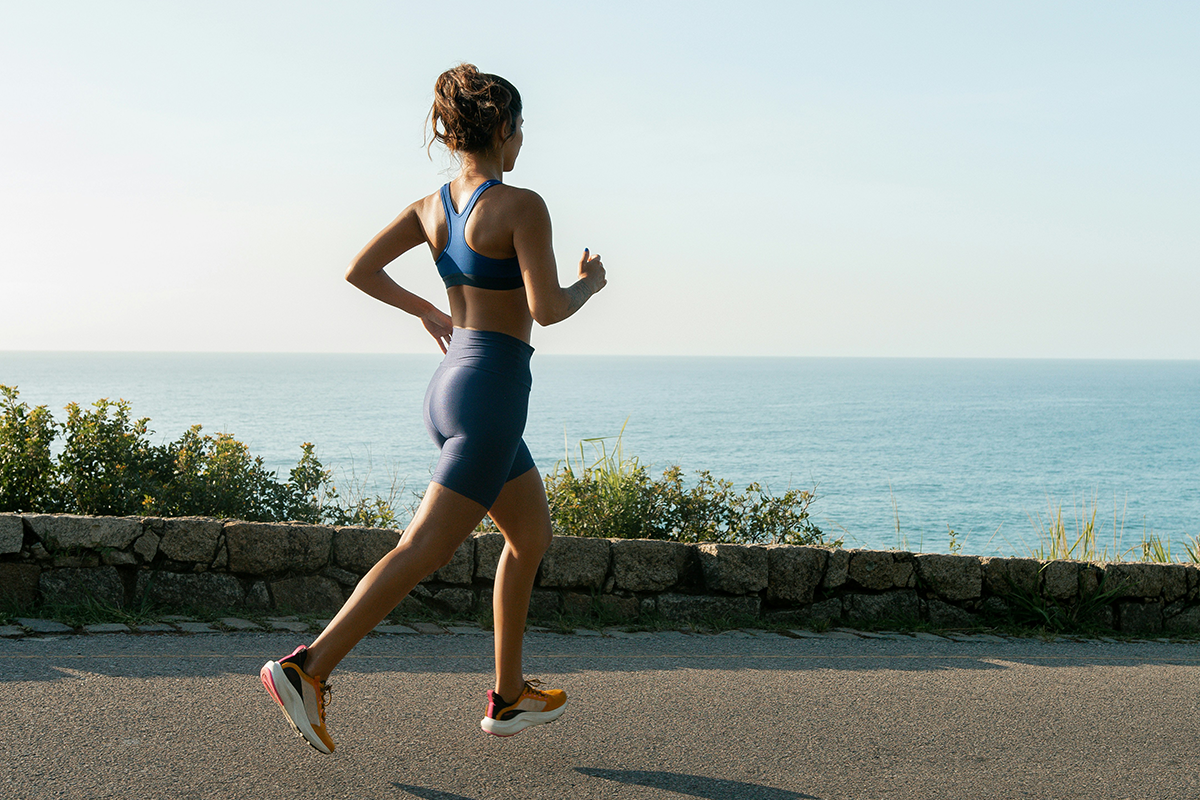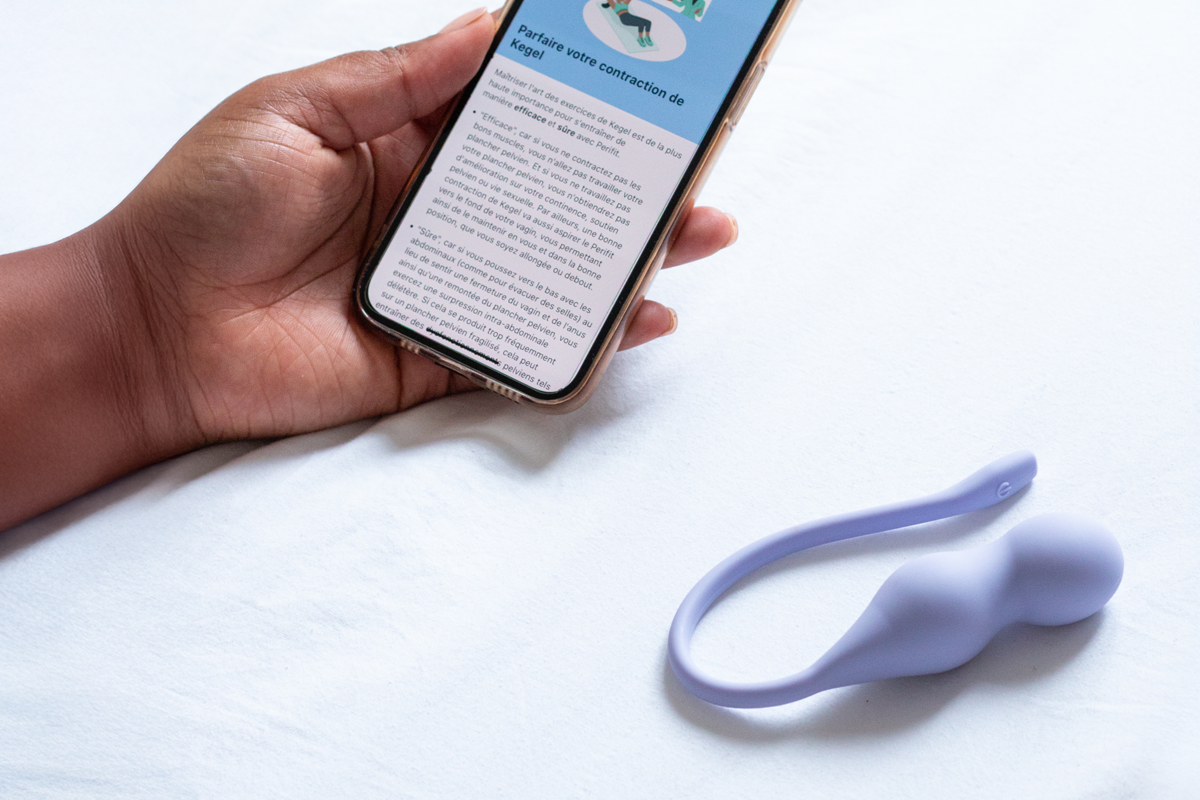Experiencing urinary leakage during physical activity can be both uncomfortable and frustrating. This common issue, known as stress urinary incontinence, affects many individuals who engage in high-impact exercises like running. Understanding the underlying causes and implementing effective strategies can help you regain control and confidence during your workouts. This article explores the reasons behind exercise-induced urinary leakage and provides practical solutions to address the problem. By strengthening your pelvic floor muscles and making lifestyle adjustments, you can significantly reduce or eliminate this concern. Learn how to prevent urine leakage while running and enjoy your fitness routine without worry or interruption.
What causes peeing while running?
Stress incontinence and pelvic floor weakness
Peeing while running, also known as stress urinary incontinence, often stems from weakened pelvic floor muscles. This condition occurs when physical activity puts pressure on the bladder, causing urine to leak. The impact of running can exacerbate this issue, especially if the pelvic floor muscles are not strong enough to support the bladder and urethra.
Impact of life events and hormonal changes
Pregnancy, childbirth, and menopause can significantly affect pelvic floor strength. These events (1) can damage or weaken the muscles and tissues supporting the bladder, increasing the likelihood of leaking urine while exercising. Hormonal changes during menopause can also contribute to urinary incontinence while running.
Running form and hydration
Poor running form can increase intra-abdominal pressure, potentially leading to urinary leakage. Additionally, dehydration or improper bladder habits may exacerbate the issue. A study found (2) that running causes transient strain on pelvic floor support structures, which may contribute to urine leakage in some runners, particularly when the bladder neck descends below a critical threshold for maintaining urethral closure.
💡 Understanding these factors can help address the root causes of peeing while running and develop effective strategies for prevention and management.
How to stop peeing while running: practical tips
Lifestyle and habit changes
To reduce urinary incontinence while running, start by making some key lifestyle adjustments. Maintaining a healthy weight can help decrease pressure on your pelvic floor muscles. Additionally, limit caffeine and alcohol intake, as these can irritate the bladder. Be sure to stay hydrated throughout the day, but avoid drinking large amounts of fluid right before your run.
Proper running form and pelvic floor engagement
Focus on maintaining good posture while running to minimize stress on your pelvic floor. Keep your core engaged and avoid overstriding, which can increase impact forces and contribute to pelvic pain after running. Practice deep core engagement and breathwork techniques to support your pelvic floor during exercise. (3)
Strengthen your pelvic floor
Pelvic floor strengthening exercises are crucial for preventing leaking urine while exercising. Perform regular Kegel exercises to improve muscle tone and control. Consider using a pelvic floor exerciser like Perifit Care for guided exercises and real-time biofeedback. Aim for 3-5 short sessions per week to see improvements in urinary incontinence while running.
💡 Research shows that around 75% of women see improvement in stress incontinence symptoms, and about half stop leaks entirely with regular training.
Training goals with Perifit Care & Care+ for stress incontinence:
- Primary:
- Strength – the contraction is strong enough to stop bladder leaks;
- Control – well-timed contractions as fast as needed.
- Secondary:
- Relaxation – muscles remain flexible with a full range of motion;
- Kegel quality – contractions target pelvic floor muscles without increasing abdominal pressure.
Supportive gear and timing strategies
Wear supportive, moisture-wicking running clothes and consider using absorbent pads designed for exercise. With dedication to these practical tips, you can reduce peeing while running and enjoy your workouts with confidence.
What are the best exercises to stop leaking urine while running?
Try Yoga Pelvic Floor Exercises
Incorporating yoga pelvic floor exercises into your routine can enhance muscle awareness, flexibility, and control. Poses like Bridge Pose, Happy Baby, and Child’s Pose help engage and relax the pelvic floor. These gentle movements promote better coordination between your core and pelvic floor muscles, which is essential when running.
Add pelvic floor core exercises
Strengthening your core helps stabilize the pelvis and improve bladder control. Here are three pelvic floor core exercises to try:
- Bridge Pose
Lie on your back with knees bent and feet flat. Lift your hips toward the ceiling, engaging your pelvic floor as you rise. Hold for 3–5 seconds, then lower.
Reps: 10–15 repetitions.
- Bird-Dog
Start on all fours. Extend your right arm forward and left leg back, keeping your pelvis stable. Engage your core and pelvic floor. Return to start and switch sides.
Reps: 10 repetitions per side.
- Modified Planks
Prop yourself on your forearms and knees, keeping your body in a straight line. Engage your core and pelvic floor muscles. Hold for 20–30 seconds.
Reps: 3–5 sets.
Incorporate pelvic floor breathing exercises
Pelvic floor breathing exercises can help you coordinate breath with movement, reducing intra-abdominal pressure during running. Practice diaphragmatic breathing by inhaling deeply through your nose, allowing your belly and pelvic floor to expand, then exhaling slowly while gently contracting your pelvic floor muscles.
💡 This breathing pattern helps regulate pressure and can improve bladder control during impact.
Include low-impact alternatives
While strengthening your pelvic floor, consider incorporating low-impact exercises that put less strain on your bladder. Swimming, cycling, and brisk walking are excellent alternatives that can help maintain cardiovascular fitness without exacerbating leakage issues. These activities allow you to stay active while giving your pelvic floor muscles time to strengthen.
Practice proper breathing techniques while running
Coordinating your breathing with your movements can significantly reduce the risk of leaking urine while running. Exhaling paired with pelvic floor activation during moments of exertion, such as when your foot strikes the ground. This technique helps distribute pressure more evenly and reduces strain on your pelvic floor muscles.
By consistently implementing these exercises and techniques, you can significantly improve your ability to control urinary incontinence while running, enhancing both your comfort and performance.
What should I drink before a run if I have bladder issues?
Hydration strategies for sensitive bladders
For those with bladder concerns, proper pre-run hydration requires a delicate balance. Focus on maintaining good hydration throughout the day leading up to your run, rather than trying to "load up" right before exercising. This approach helps minimize bladder discomfort during activity.
Opt for hypotonic drinks with lower osmolality, as these may provide optimal hydration benefits while being more gentle on sensitive bladders. Water or diluted sports drinks are good choices. Avoid caffeine, alcohol, and highly acidic beverages, which can irritate the bladder and exacerbate urinary incontinence while running.
Timing your fluid intake
Aim to consume 16-20 ounces (500-600 ml) of fluid 2-3 hours before your run. This allows time for absorption and urination before you start. Then sip smaller amounts (4-8 ounces) in the 30 minutes pre-run if needed.
During your run, drink to thirst rather than on a set schedule. This individualized approach helps prevent both dehydration and overhydration, which is especially important for those managing bladder issues or peeing while running.
By developing a personalized hydration plan through trial and error during training, you can stay properly fueled for your runs while minimizing urinary urgency and leaking urine while exercising. Listen to your body and adjust as needed.
Should I see a pelvic floor therapist for leaking while running?
Experiencing urinary incontinence while running can be frustrating and embarrassing. If you're dealing with this issue, consulting a pelvic floor therapist may be an excellent step towards finding relief and regaining confidence in your physical activities.
Persistent leaking urine while exercising, especially after trying at-home remedies, warrants a visit to a pelvic floor specialist. These experts can provide personalized assessments and treatments tailored to your specific needs.
They can:
- Assess your pelvic floor muscle strength and function
- Teach proper Kegel exercise techniques
- Provide biofeedback pelvic floor training to improve muscle control
- Offer lifestyle and behavioral modifications
Addressing urinary leakage during running requires a multifaceted approach. By implementing pelvic floor exercises, proper hydration techniques, and appropriate gear, individuals can significantly reduce or eliminate this issue. It's crucial to consult with a healthcare professional for personalized advice and to rule out any underlying conditions. With dedication and the right strategies, it's possible to enjoy running without the worry of urinary leakage. This is a common concern that can be effectively managed. By taking proactive steps and maintaining open communication with medical providers, runners can confidently pursue their fitness goals while prioritizing their overall health and well-being.
Sources:





